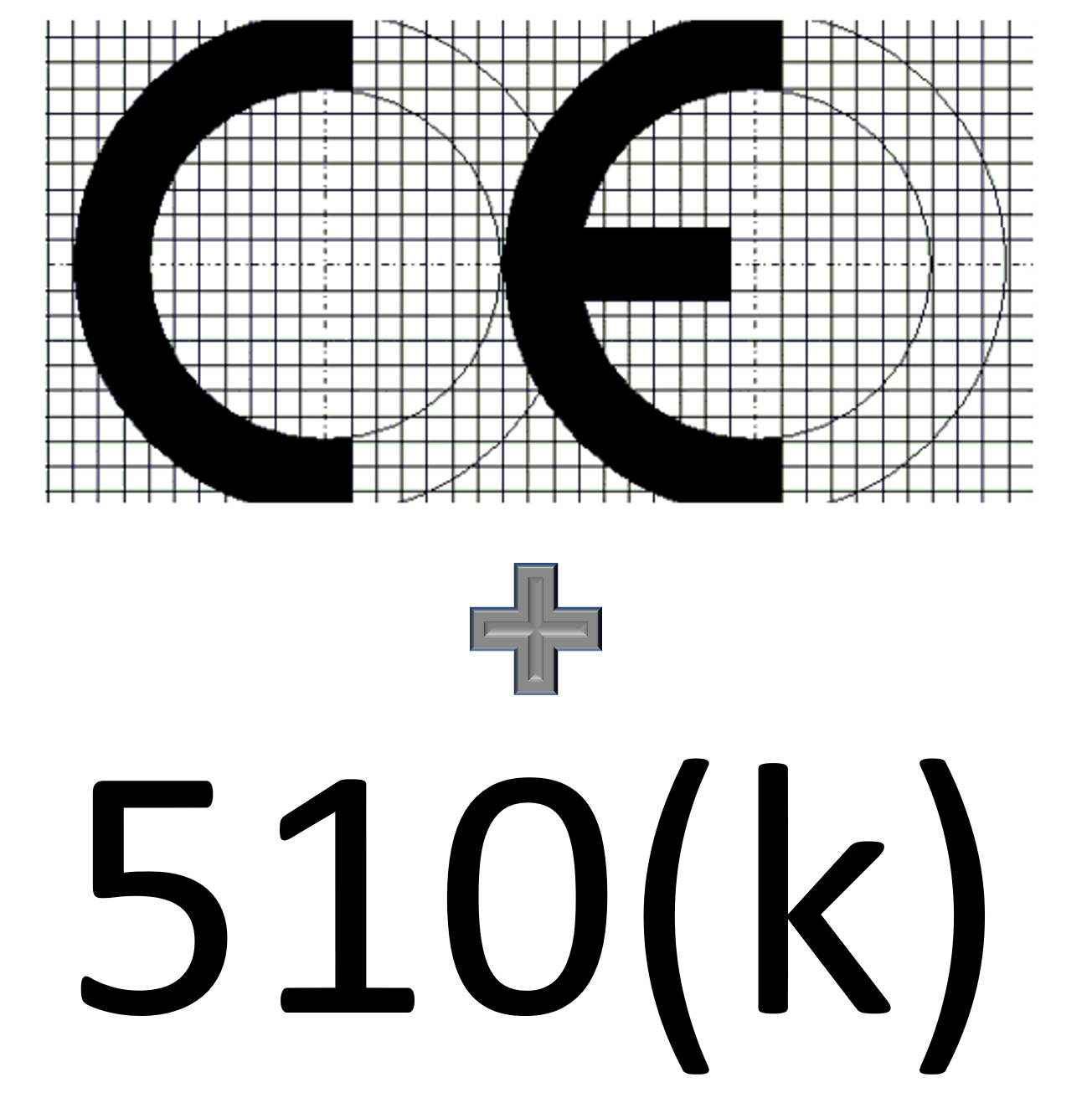Learn how to combine your efforts to prepare a 510k and CE Marking submission in this regulatory submission plan webinar.
In this Regulatory Submission Plan webinar you will learn how to “Combine 510k with CE marking submissions.” You will learn the basic changes made to the 510k submission process by implementation of the FDA eSTAR template and the changes to the CE Marking process resulting from Regulation (EU) 2017/745 entering into force. The elements that are common to each submission type have not changed, but the FDA eSTAR template has made the 510k submission process simpler, while CE Marking technical files for the MDR and IVDR have become far more complex. Most medical device companies are submitting a 510k first, but this webinar will show how to create a regulatory submission plan for both markets in parallel.
When is the Regulatory Submission Plan webinar?
This webinar was initially hosted live in 2015, and we re-recorded the webinar on April 4, 2022. The webinar will be updated and hosted live on April 22, 2025 @ 9:00 a.m. ET. The updated webinar includes revisions to the 510k process to reflect the implementation of the FDA eSTAR template and changes to the CE Marking technical file review process resulting from Regulation (EU) 2017/745 coming into force. We are also sharing lessons learned from companies that have struggled with both types of submissions recently.
This webinar is included in the 510k course series. If you decide to purchase the 510k course at a later date, we will give you a credit for any of the paid webinars in the 510k course series that you have already purchased.
Who should watch this webinar?
- Regulatory Affairs
- Product Development / R&D
Why do companies submit a 510k today before CE Marking?
Usually we focus on the cost differences between a 510k and CE Marking or the submission review timeline to explain why companies submit a 510k before they apply for CE Marking. However, there are also technical reasons why a 510k submission will always be possible to submit first. The organization of the CE Marking technical file is totally different from the FDA eSTAR template, while the testing requirements for the USA and Europe are quite similar. The FDA prefers to receive full testing reports, while Notified Bodies require a summary technical document (STED). Therefore, you are able to submit a 510k to the FDA immediately after the last testing report is completed. In contrast, CE Marking requires that you prepare a STED that summarizes each testing report prior to submission. Your CE Marking submission also requires submission of your complete risk management file–including links to the testing reports that were used to verify effectiveness of the implemented risk controls. Therefore, you cannot complete your risk management file until all your testing is under way or completed. Finally, your post-market surveillance documentation and Clinical Evaluation Report need to be reference elements of your risk management file. These post-testing documentation activities create an inherent delay prior to the submission of a technical file for CE Marking. Therefore, a 510k is usually the first regulatory submission in your strategic marketing plan.
Will this Regulatory Submission Plan Webinar include other differences between a 510k and CE Marking?
There are many differences between a 510k and CE Marking submission that need to be included in your regulatory submission plan. We will be reviewing the following differences between these two submission types:
- Device description
- Risk classification rationale
- Declaration of Conformity
- Manufacturing process flow & manufacturing site certifications
- Risk management file
- Summary of design changes
- State-of-the-art
- Clinical Evaluation Report
- Notified Body application for CE Marking
- ISO 13485 Certificate
- PMS Plan & PMCF Plan
In addition, to the technical content required for a CE Marking submission, Notified Body auditors also have to verify the following elements during the audit process:
- quality system documentation (only sampled during FDA inspections–not during as part of the 510k process)
- supplier agreements and supplier auditing may be conducted, depending upon the ISO 13485 certification of the suppliers
- training effectiveness and competency of employees
- suitability of the infrastructure and work environment for manufacturing your medical device
What you get when you purchase the Regulatory Submission Plan webinar:
- .CSV file containing a list of required elements for each submission type
- Template for a Regulatory Submission Plan
- Native Presentation Slide Deck
- Login information for the live webinar (if you purchase prior to December 5, 2024)
- Link to download the recording of this webinar on-demand (anyone in your company can watch again and again)
Do you need consulting advice?
If you have questions about your 510k submission or CE Marking technical file preparation, you can schedule a call with our Director of Sales i.e., Lindsey Walker, or Rob Packard using our calendly link on the Contact Us page.
About Your Instructor
 Rob Packard is a regulatory consultant with ~25 years of experience in the medical device, pharmaceutical, and biotechnology industries. He is a graduate of UConn in Chemical Engineering. Rob was a senior manager at several medical device companies—including the President/CEO of a laparoscopic imaging company. His Quality Management System expertise covers all aspects of developing, training, implementing, and maintaining ISO 13485 and ISO 14971 certifications. From 2009 to 2012, he was a lead auditor and instructor for one of the largest Notified Bodies. Rob’s specialty is regulatory submissions for high-risk medical devices, such as implants and drug/device combination products for CE marking applications, Canadian medical device applications, and 510k submissions. The most favorite part of his job is training others. He can be reached via phone at +1.802.258.1881 or by email. You can also follow him on YouTube, LinkedIn, or Instagram.
Rob Packard is a regulatory consultant with ~25 years of experience in the medical device, pharmaceutical, and biotechnology industries. He is a graduate of UConn in Chemical Engineering. Rob was a senior manager at several medical device companies—including the President/CEO of a laparoscopic imaging company. His Quality Management System expertise covers all aspects of developing, training, implementing, and maintaining ISO 13485 and ISO 14971 certifications. From 2009 to 2012, he was a lead auditor and instructor for one of the largest Notified Bodies. Rob’s specialty is regulatory submissions for high-risk medical devices, such as implants and drug/device combination products for CE marking applications, Canadian medical device applications, and 510k submissions. The most favorite part of his job is training others. He can be reached via phone at +1.802.258.1881 or by email. You can also follow him on YouTube, LinkedIn, or Instagram.

